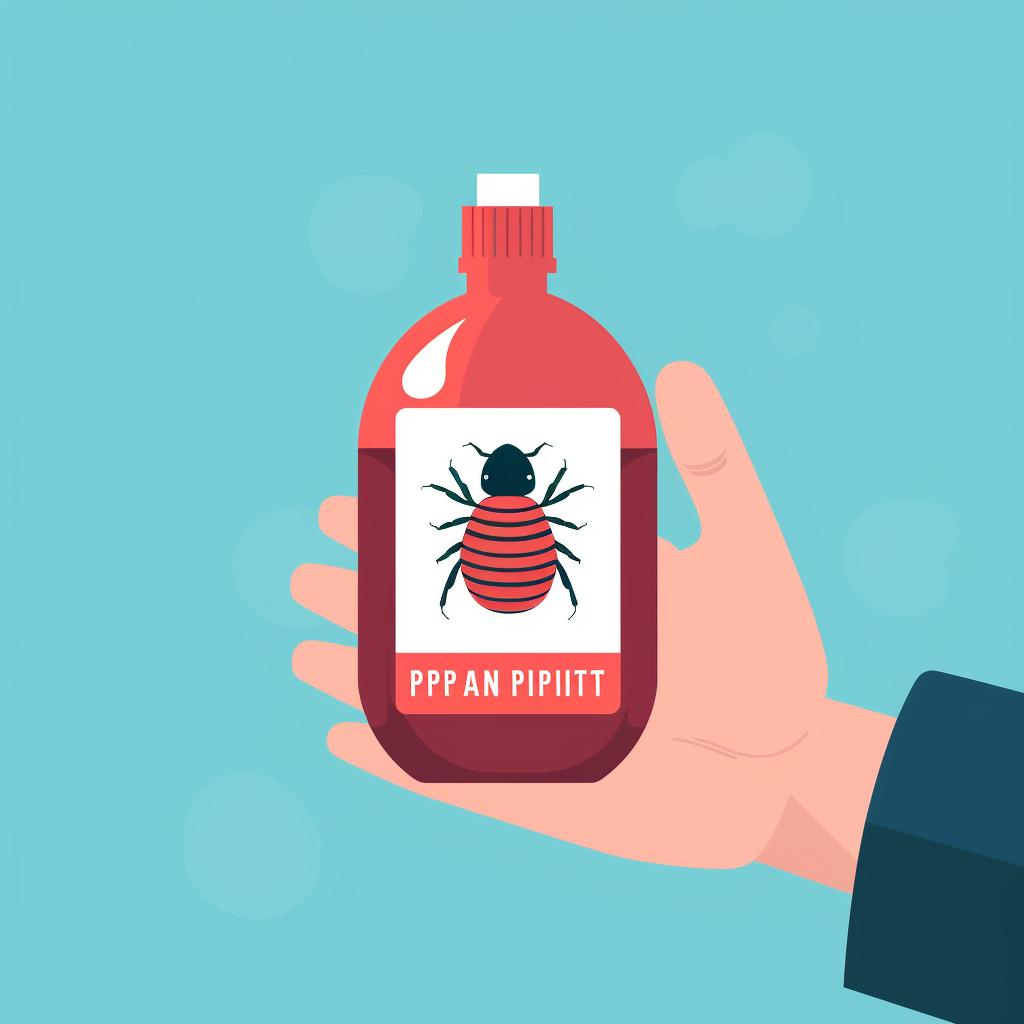🐛 Pest Control: A Step-by-Step Guide to Protect Your Tomato Plants 🍅
Protecting your tomato plants from pests is a crucial part of maintaining a healthy garden. Our step-by-step guide above provides a comprehensive approach to identifying and eliminating these unwelcome visitors. However, pest control is not a one-time event but rather an ongoing process. Here are some additional insights to help you in your journey.
Understanding Common Plant Ailments
Knowing the common ailments that can affect your plants is the first step towards effective pest control. From fungal diseases to insect infestations, understanding the signs and symptoms of these common plant ailments can help you take swift action and prevent further damage.
Wilting Tomato Plants: A Sign of Trouble?
Wilting in tomato plants could be a sign of pest infestation or other issues. If you notice your tomato plants wilting despite adequate watering and care, it's time to investigate. Our guide on identifying issues and nursing your wilting tomato plants back to health can be a valuable resource.
Preventing Pests Naturally
While pesticides can be effective, they're not the only solution. There are several natural ways to repel pests from your garden. From introducing beneficial insects to using certain plants as natural pest deterrents, these methods can be a great complement to your pest control strategy.
Companion Planting for Pest Control
Did you know that certain plants can help deter pests from your tomato plants? This method, known as companion planting, is a natural and eco-friendly way to control pests. Learn more about good companion plants for tomatoes and how they can help protect your garden.
Remember, effective pest control requires patience and consistency. Keep monitoring your plants regularly, take action at the first sign of trouble, and don't hesitate to try different methods until you find what works best for your garden. Happy gardening!













